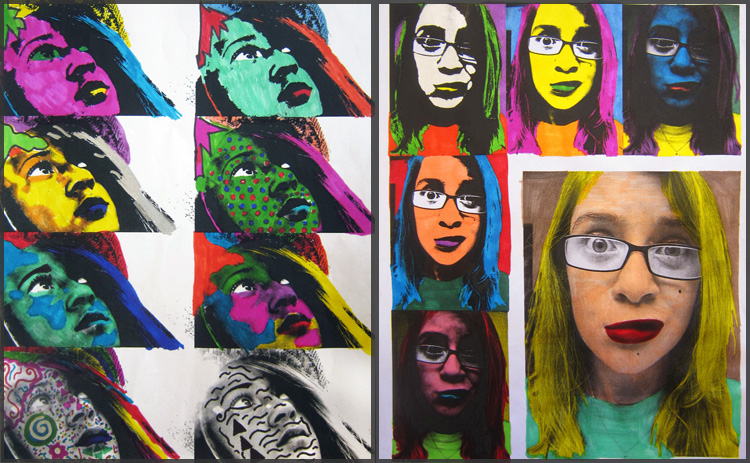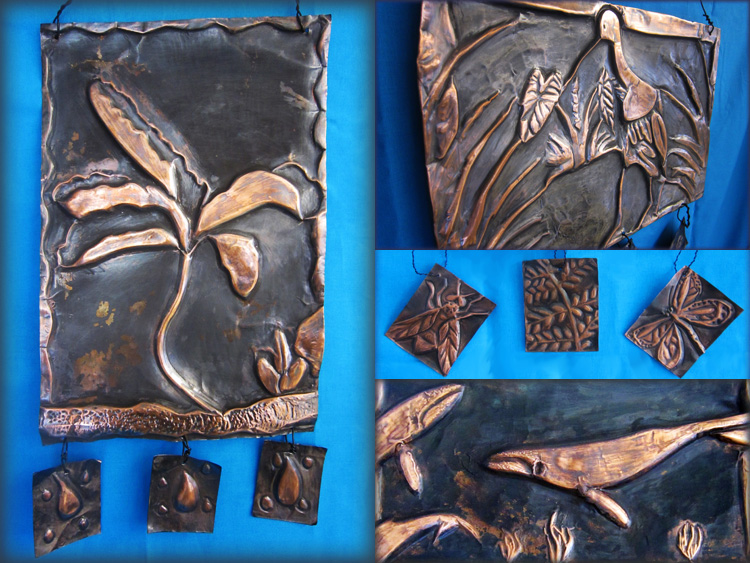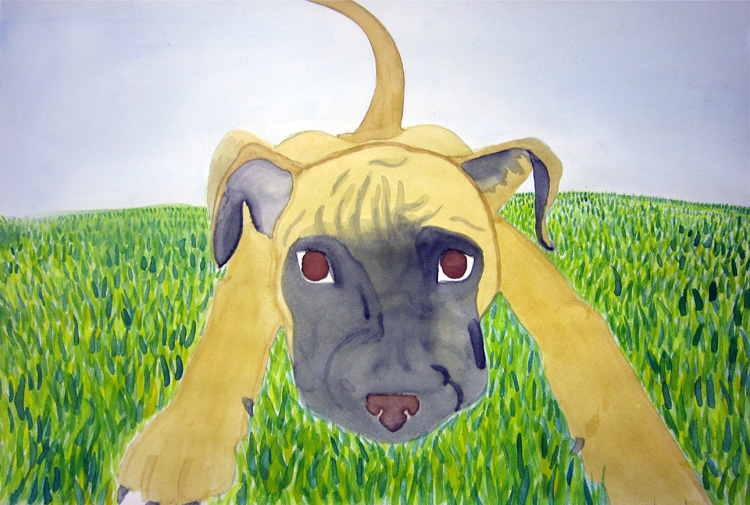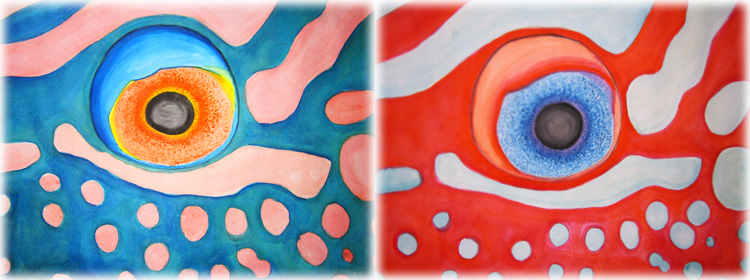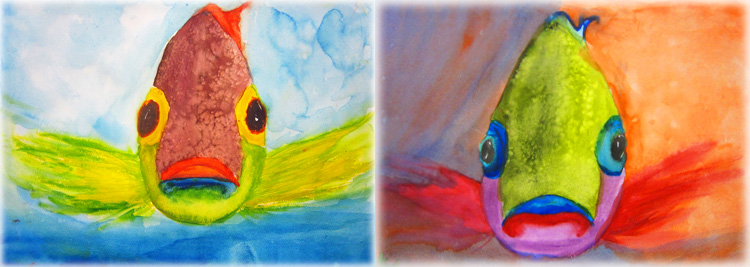Changing Education Paradigm
The above video is an animation that was adapted from a talk given by Sir Ken Robinson, world-renowned education and creativity expert and recipient of the RSA’s Benjamin Franklin award.
I found Sir Ken’s reasoning to be brilliant, and the animation was extremely clever and revealing! I would like to invite your personal responses and commentary!
“Imagination is the source of every form of human achievement. And it’s the one thing that I believe we are systematically jeopardizing in the way we educate our children and ourselves.”
— Ken Robinson
